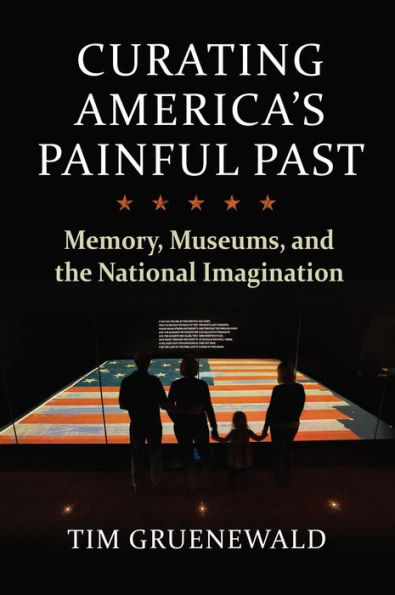5
1

Curating America's Painful Past: Memory, Museums, and the National Imagination
288
Curating America's Painful Past: Memory, Museums, and the National Imagination
288eBook
$29.99
$39.95
Save 25%
Current price is $29.99, Original price is $39.95. You Save 25%.
Related collections and offers
29.99
In Stock

Product Details
| ISBN-13: | 9780700632404 |
|---|---|
| Publisher: | University Press of Kansas |
| Publication date: | 10/27/2021 |
| Series: | CultureAmerica |
| Sold by: | Barnes & Noble |
| Format: | eBook |
| Pages: | 288 |
| Sales rank: | 824,192 |
| File size: | 3 MB |
About the Author
From the B&N Reads Blog
